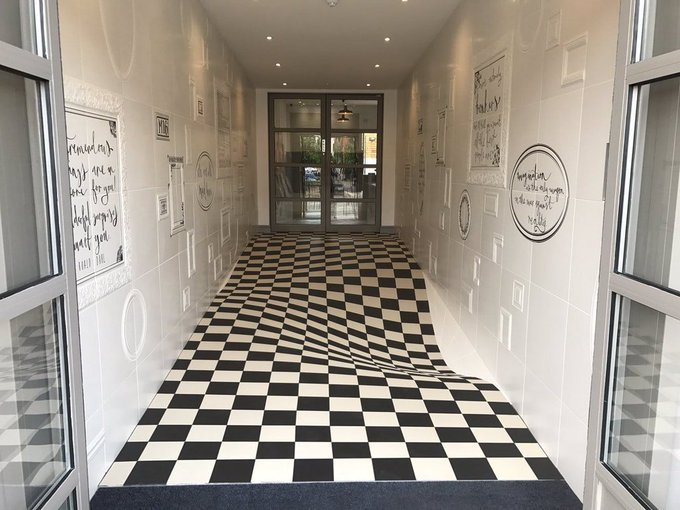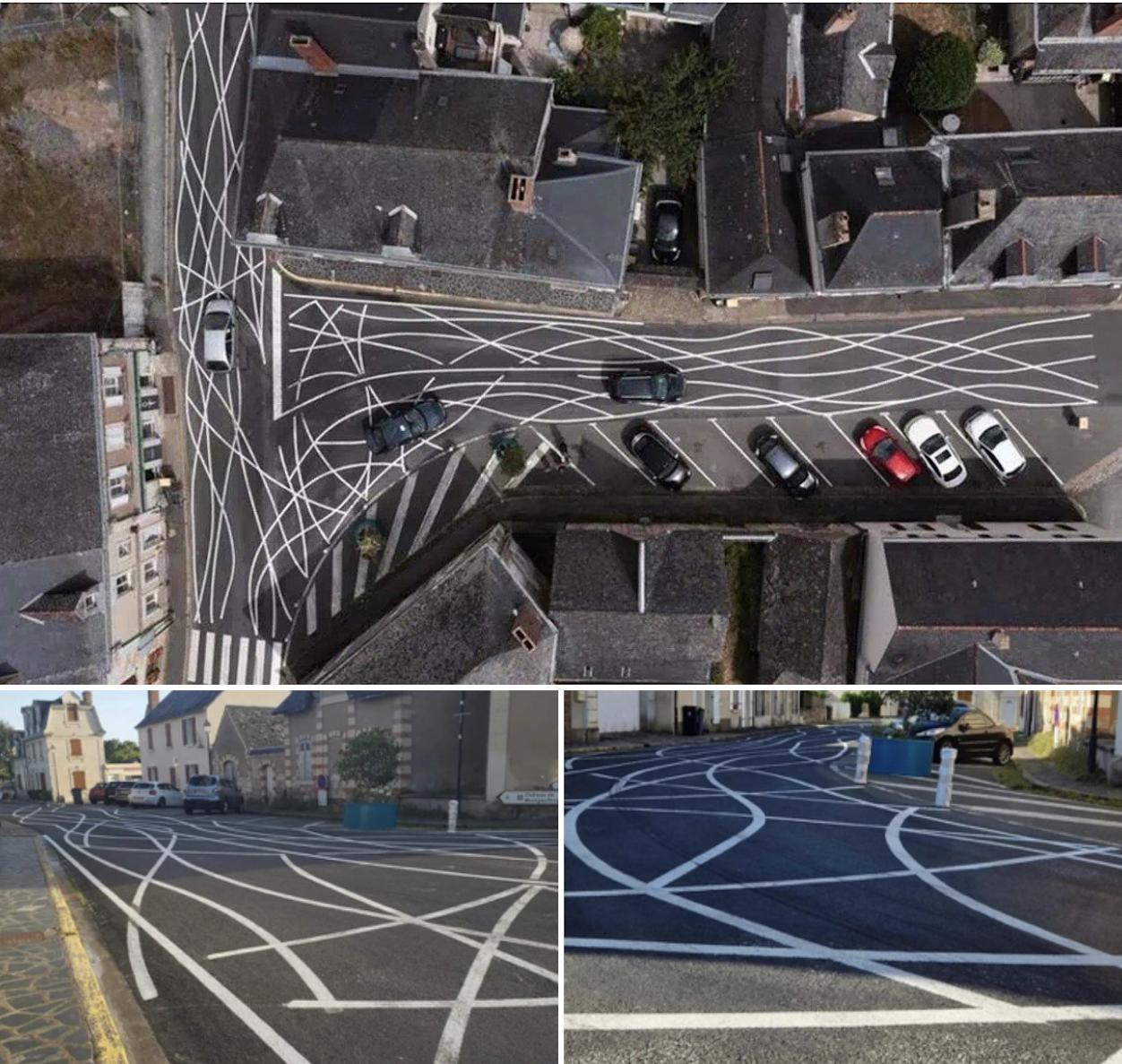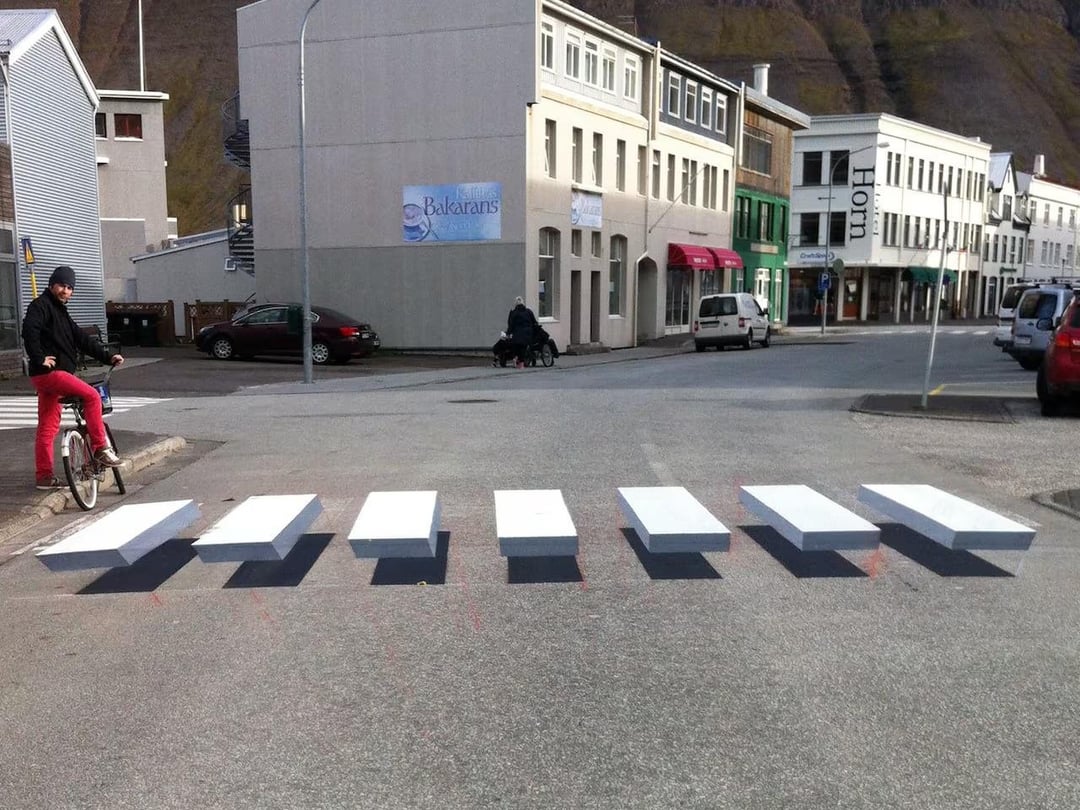A school’s corridor can be a problem. Children run from their rooms on one end to the exit on the other. In the stampede, someone could trip. Kids could get hurt. In even the best-case scenario, the hallway chaos riles kids up, cutting into productive classroom time.
One approach would be to insert an authority figure. Policing the hallway, they could shush and wag their finger. Alternatively, a school could install a floor like this.

The floor is still perfectly level. However, the illusion produced by the tile design demonstrates the power of architecture. People don’t run across this. We have a change to the environment that creates a change to behavior.
In his book, Tiny Habits, BJ Fogg, PhD describes how a behavior occurs when the following three things converge in the exact moment:
- Motivation - The desire to do a behavior
- Ability - The ability to do the behavior
- Prompt - The prompt to do the behavior
When the bell rings at the end of class, it is a prompt for the students to exhibit a behavior: moving from one place to another. They could walk. However, they have a low motivation to do so; if they run they can get the best pick of seats, have more time to talk, etc.
Inserting a hallway monitor is an attempt to change the motivation and, thus, the behavior. By putting an authority figure in the space, students’ willingness to “get in trouble by running” must be taken into account. It works, but the introduction of policing and enforcement creates an antagonistic relationship.
So much of the software governance literature starts with an apology. Then the author jumps to their particular riff of “sticks and carrots”. As you might guess, sticks represent punishment for not performing certain behaviors. Carrots are rewards for playing along. Most people can intuitively grok extrinsic “sticks and carrots”. However, despite being one of the easiest to understand methods of changing behavior, both address only one part of the behavior equation, motivation.
As the floor illustrates, there are other ways to change behaviors. In software, our environments are composed of numerous tools. Conscientious systems thinkers must consider how tooling prompts and empowers (or disempowers) ability. Without purposeful design, the behaviors created by these everyday touchpoints are left up to chance.
Modify an environment to make the right thing easy to do, and the need for someone to police behavior goes down significantly.
Update (2023-10-08): In another example of the environment changing behavior, a village in France used road markings in a unique pattern to deter speeders.

Update 2025-06-19: Here are two examples of changing the environment to create a desired behavior I recently came across on Reddit. As before, this is an attempt to get people slow down at intersections.






